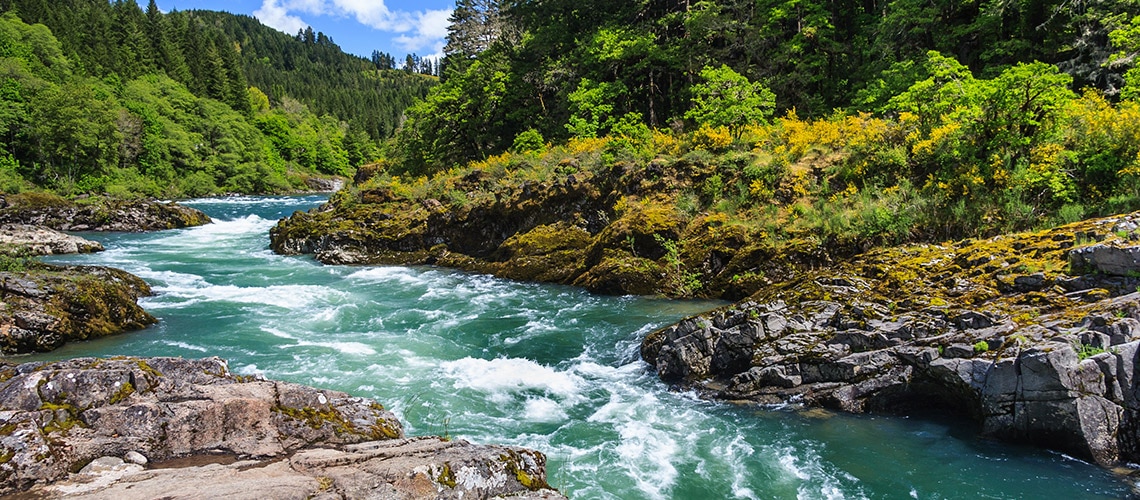
Sept 12, 2025* | Case Study | 10 minute read

Sept 12, 2025* | Case Study | 10 minute read
How Dow supports sustainable watershed management and habitat conservation around the world.
Nature-based solutions for water play a significant role in the overall approach Dow takes to environmental stewardship. By valuing nature and building it into our business models, everyone benefits—our customers, our communities and the planet.
This article showcases some exemplary projects, partnerships and initiatives that highlight how industry can support resilient watersheds and healthy ecosystems by implementing robust water conservation initiatives and land management practices that conserve natural environments, enable business growth and deliver long-term value.
Take a tour of how Dow has supported and continues to support sustainable watershed management and habitat conservation around the world.
Dow and Ducks Unlimited have announced a multi-year, multi-national partnership to restore and conserve natural habitats across North America. One of the initial projects from this collaboration includes the restoration the Shiawassee National Wildlife Refuge, one of Michigan’s largest managed wetland complexes.
This initiative, focused in the area where the Tittabawassee, Shiawassee, Cass and Flint Rivers converge, aims to improve the resiliency of the region by increasing biodiversity, improving water quality and enhancing flood storage capacity.
In collaboration with The Nature Conservancy, Ecolab, the Caterpillar Foundation and the National Fish and Wildlife Foundation and other partners, Dow supported the Loch Leven project, a conservation initiative in an area of the Mississippi River watershed located about 70 miles upriver of Baton Rouge.
The goal of this work is to restore and enhance 10,000 wetland acres and provide 12.1 billion gallons (45.8 million cubic meters) of flood storage capacity to local communities within the Mississippi River Delta’s Lower Mississippi Alluvial Valley in Louisiana.
In Arkansas, Dow tackled the challenge of acidic water with high zinc levels seeping from an abandoned mining site. By constructing a sinuous channel lined with limestone, Dow increased the water's alkalinity, which in turn raised the pH and created conditions for reducing metal concentrations through biological processes.
This innovative solution resulted in a natural streambed that requires no operational and maintenance costs, ensuring that the mine seep water is treated before reaching downstream creeks.
The Dow manufacturing site in Elizabethtown needed a way to retain storm water and a barrier to help manage fires. Rather than constructing a conventional retention pond, they instead opted to construct a five-acre wetland.
This solution helps to reduce downstream flooding and filters storm runoff for cleaner water. The design also supports the containment of fires should the need arise.
The Seadrift constructed wetlands project in Texas is an example of engineered natural technology. In 1996, the Dow Seadrift manufacturing site, located about 60 miles northeast of Corpus Christi, converted 110 acres of a water treatment pond into wetlands that have been fully compliant with regulations for almost 30 years.
These constructed wetlands have provided treatment for 5 million gallons of industrial wastewater daily as a natural filtration system. The land also serves as a wildlife refuge, supporting various species and local biodiversity.
This innovative project demonstrates how manufacturing can coexist with and even enhance natural ecosystems. It is also a proof point of valuing nature as a business strategy. The project cost about $1.4 million, a fraction of the $40 million price tag for an industrial wastewater treatment plant.
Utilizing the Ecosystem Services Identification & Inventory Tool, also known as the ESII Tool, developed by The Nature Conservancy and Dow, a restoration plan was developed for 23 acres adjacent to the Dow Michigan Operations manufacturing site.
Located along the Tittabawassee River, this project exemplifies the valuable transformation that is possible for industrial areas through sustainable land management practices. It involved excavating ash and soil for secure disposal and reintroducing over 25,000 native plants. The restoration improves water and air quality, supports biodiversity, and connects to a network of parks and trails in Michigan.
Ducks Unlimited and Dow have partnered to enhance about 2,030 acres of coastal freshwater wetlands between Cameron Prairie and Lacassine National Wildlife Refuges in Louisiana.
This project aims to protect critical natural infrastructure, improve habitat for migratory waterfowl and wildlife, and enhance outdoor recreational opportunities. The first phase, completed in 2023, included infrastructure improvements like levee refurbishment and water-control systems.
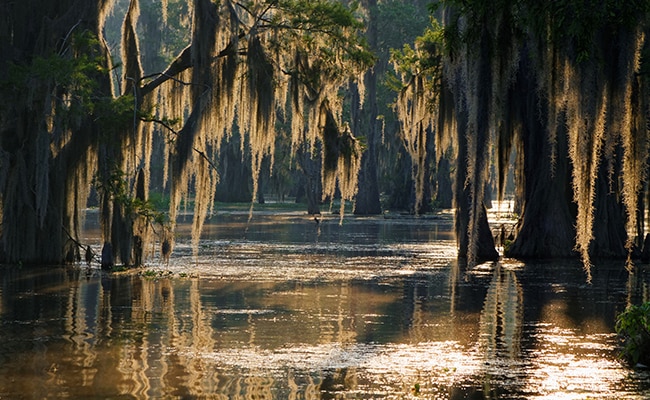
In 2009, the excavation of an area on Matarandiba Island in Aratu, Brazil created 24-meter-high embankments that were slowly eroding and causing safety concerns. Rather that stabilizing the slopes with conventional solutions like concrete and tie-back anchors, the local team installed green gabion walls made from steel mesh and natural fiber filled with locally sourced stones. Native vegetation was planted over the top to create a living wall that protects against soil erosion.
The approach to this project reduced costs and the amount of energy and materials needed for the solution while enabling a lower-emissions scope for the project and more natural plants in the local area.
EcoMetrix Solutions Group, The Nature Conservancy and Dow have collaborated to develop tools for assessing biodiversity around the Dow Breu Branco site in Pará, Brazil. These tools help local businesses understand their impact on biodiversity so they can make informed decisions that support business goals and ecological health.
The project revealed that Dow’s eucalyptus plantations significantly improve biodiversity compared to the surrounding farmland through minimizing soil disturbance, carefully managing crop rotation and conserving natural corridors throughout the site. This initiative underscores the role that valuing nature has in achieving sustainable business practices.
Project Ybá is a collaborative initiative by Dow, Natura cosmetics, The Nature Conservancy, and the Peabiru Institute to conserve biodiversity and support sustainable development in the Amazon rainforest. The work focuses on the sustainable extraction of forest resources, such as Andiroba seeds, to produce bioactive ingredients for cosmetics, supporting a local community economically.
Through biodiversity mapping, sustainable harvesting training, and the breeding of stingless bees for honey production, this initiative aims to combine conservation with social transformation, promoting a sustainable bioeconomy in Brazil.
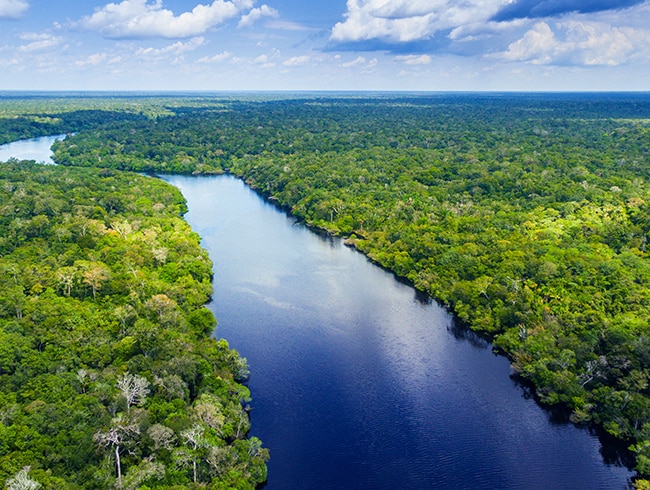
The Dow manufacturing sites in Böhlen, Germany and Terneuzen, Netherlands, have launched the Reshape Water Use Initiative to reduce freshwater intake intensity by 20% at key water-stressed sites. The project includes increased water recycling, digitalization, raising awareness about water resources, and local collaborations with stakeholders.
As part of this initiative, in tandem, Dow is taking part in the EU-funded AquaSPICE project to trial new water treatment technologies and develop a digital model of the water network for better decision-making. This initiative aims to sustainably reduce freshwater withdrawals, stabilize water supply, and enhance efficient use of natural resources.
As part of the Reshape Water Use Initiative, the Dow Böhlen site in Germany expects to achieve at least a quarter of its targeted water savings by treating captured rainwater through advanced wetlands and using it as an additional freshwater source. This project employs an innovative, close-to-nature technology for treatment, helping to secure an important resource for Dow in a water-scarce region. The wetlands are expected to enter test operation in the fall of 2025. Starting in May, more than 50,000 plants will be planted, which will grow over the summer and help treat the rainwater in the future.
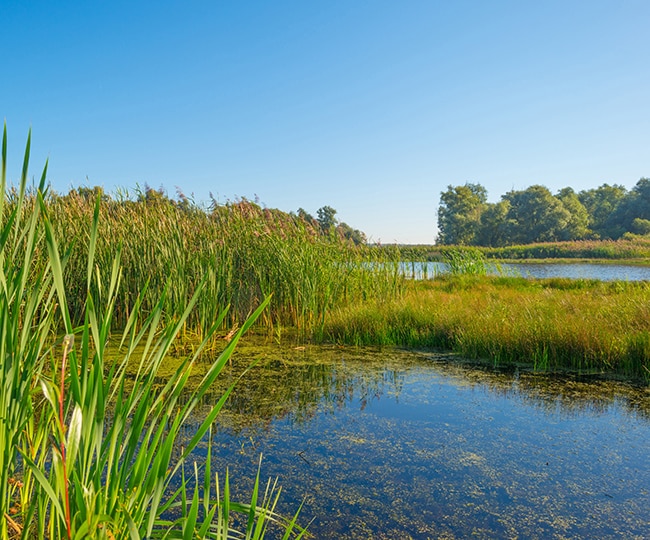
The Dow Thailand team has been working for over a decade to protect and restore mangrove forests, which are crucial for coastal protection, water quality, and biodiversity. The Dow & Thailand Mangrove Alliance collaborates with local governments, communities, and NGOs to advance conservation efforts across five provinces, covering approximately 2,000 acres.
Initiatives include reforestation, promoting eco-tourism, tackling marine debris, supporting carbon credit mechanisms, and fostering young conservation leaders through mangrove camps and educational materials for students. These efforts not only support the environment but also create economic and social opportunities for local communities.
In collaboration with local partners, the Dow China team has launched a project to support the water source area of Qingyi River, one of the tributaries of Yangtze River which plays a vital role in the history, culture and economy in China. Various wild animals live in and alongside Qingyi River. Chinese universities and government organizations have been involved in ecological studies of local species like giant salamanders, fishes, frogs, etc.
Twenty villages populate the surrounding area. Some families have been there for multiple generations. Since 2024, residents have participated in a local “River Inspection Team” to collect real-time data on water quality while cleaning the river and shoreline. Later this year, Dow will help support sustainable agriculture training sessions for local farmers, aiming to advance knowledge and best practices which supports the continuous improvement of local water quality.
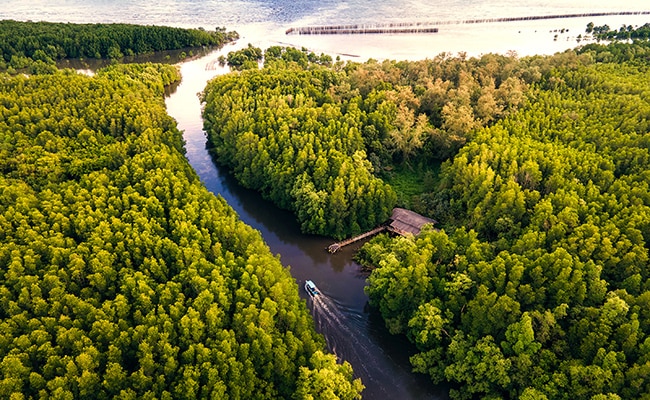
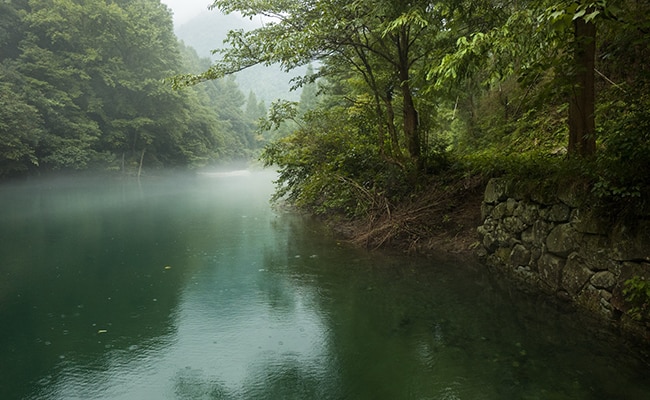
Nature is a shared resource. Through implementing environmental stewardship projects and sustainable practices for its use and management, Dow not only helps safeguard the environment but also ensures long-term business value. In fact, ahead of schedule, Dow surpassed its 2025 Sustainability Goal for valuing nature by realizing $1.2 billion in net present value (NPV) from business-driven projects that enhance nature.
The work of water and land management requires understanding local dynamics, utilizing advanced technologies, and collaborating with others. The projects, partnership and initiatives reflected in this article not only preserve vital ecosystems but also offer economic and social benefits to the communities and collaborators. By working alongside one another, a holistic approach to sustainability helps ensure a resilient future for the planet and everyone who lives here.
This case study was developed by a cross-discipline team representing geographic and sustainability expertise across Dow, Inc. To learn more about the many initiatives Dow is involved with that enable a sustainable future, visit the Company’s Purpose in Action pages.
*This article was originally published March, 27, 2025